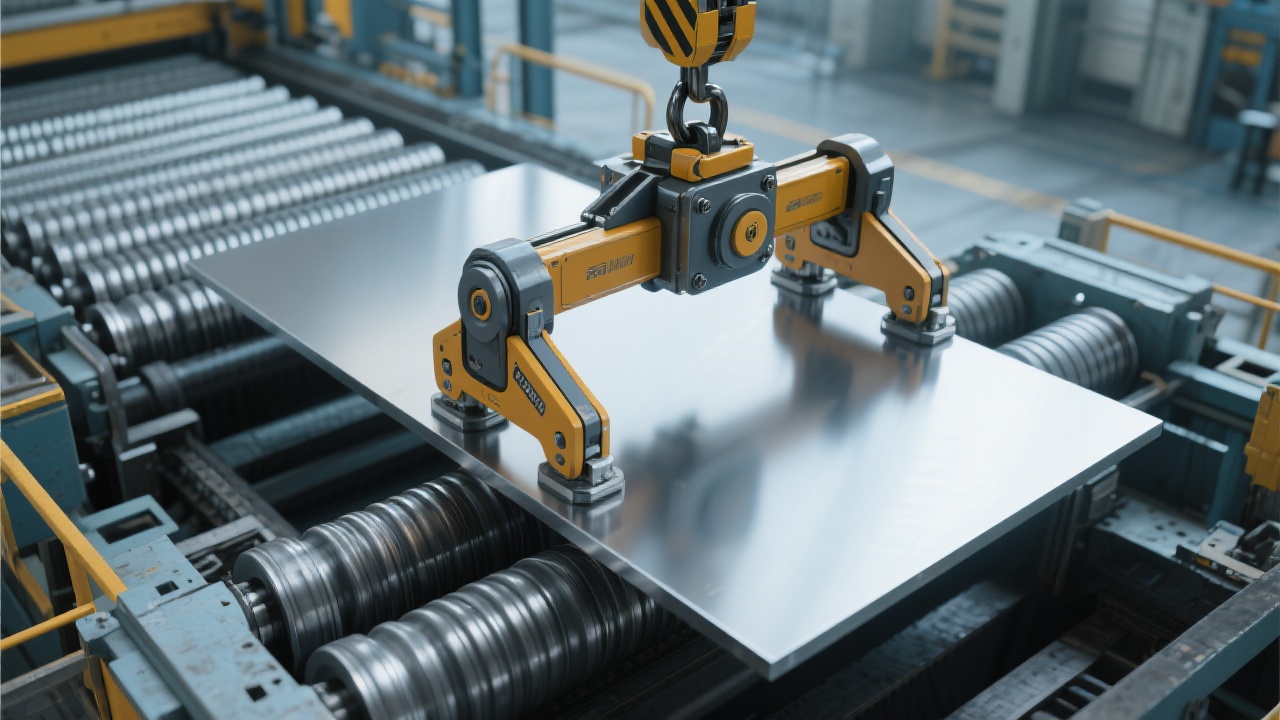
In steel manufacturing and logistics operations, the safe and efficient movement of heavy plates remains a critical challenge. According to a 2023 OSHA report, over 42% of material handling incidents in metal processing plants stem from improper gripping or unstable lifting equipment—leading to costly downtime, injuries, and reputational damage.
That’s where the Translating Billet Clamp steps in—not just as a tool, but as a proven solution for high-load environments. Engineered with precision mechanics, it delivers consistent performance across diverse industrial settings while significantly reducing accident risks.
| Feature | Benefit |
|---|---|
| Advanced Linear Transmission System | Eliminates vibration and slippage—ensures smooth, controlled plate transfer even at 1.5m/s speed |
| High-Strength Cast Steel Frame (Grade 45CrMo) | Withstands 200+ tons continuous load; tested to exceed 15,000 cycles without fatigue |
| Adjustable Jaw Design (30–200mm thickness range) | Handles multiple plate sizes without retooling—boosts operational flexibility by up to 40% |
“This isn’t just another clamp—it’s a system designed for real-world pressures,” says Dr. Lena Müller, Lead Engineer at a German steel mill that adopted this technology in 2022. “We saw our internal incident rate drop by 73% within six months.”
From blast furnaces to container terminals, the translational clamp proves its value:

One client—a major shipyard in South Korea—reported a 35% increase in daily throughput after switching from traditional clamps to this system. The key? Fewer stops due to misalignment or slipping, plus reduced maintenance costs thanks to fewer moving parts prone to wear.
Whether you're managing a high-throughput production line or optimizing cargo handling at a busy port, the translational billet clamp offers measurable gains in safety, efficiency, and reliability. It’s not just about moving steel—it’s about moving it smarter.
Ready to reduce your risk and boost productivity?
Get Your Free Application Assessment Today
